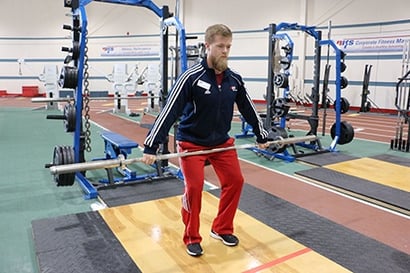 One of the most important (and sometimes overlooked) pieces of the resistance training puzzle could be right in the palm of your hands. Have you ever thought about the way you hold onto an Olympic or powerlifting bar? For some, the answer may be no. You may be worried more about other techniques, such as posture or breathing. For others, the answer may be yes. The effort you put into how you grip the bar may be your key to success in lifts such as the snatch, deadlift, and clean, among many other resistance exercises.
One of the most important (and sometimes overlooked) pieces of the resistance training puzzle could be right in the palm of your hands. Have you ever thought about the way you hold onto an Olympic or powerlifting bar? For some, the answer may be no. You may be worried more about other techniques, such as posture or breathing. For others, the answer may be yes. The effort you put into how you grip the bar may be your key to success in lifts such as the snatch, deadlift, and clean, among many other resistance exercises.
But how should you grip the bar? Are you sure that the grip you are currently using is the most ideal for that lift? Maybe a switch of grips is what you’re looking for to break through your current plateau.
Here is a breakdown of four grips and different ways that they can be used in the gym for exercises or other technique purposes.
1. Pronated (or Overhand) Grip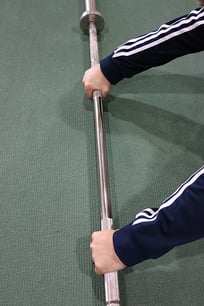
The pronated grip is generally the most common grip used during resistance training. You place the hand over the bar, dumbbell, or kettlebell with your knuckles up. Your thumb can either be wrapped around the bar (closed grip) or not wrapped around the bar (open or false grip). I would not recommend the open grip because you do not have full control of the bar. The closed grip allows the thumb to prevent the possibility of the bar slipping from the hands, especially during exercises where the weight is held above the body (for example, during pressing movements).
When to use a pronated grip: You can use a closed-pronated grip for pretty much every lift that you perform in the gym. I would recommend this for many of the pressing movements and for stability during the squat.
- Bench press
- Shoulder press
- Barbell squat
- Basically anything
2. Supinated (or Underhand) Grip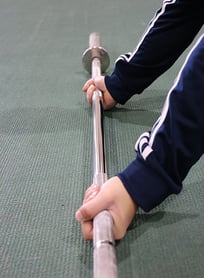
The supinated grip is the exact opposite of the pronated grip. The hands are placed underneath the bar so the knuckles aim backward or toward the floor. I generally only categorize the “closed” variation of the supinated grip versus the open/closed options in grip #1. The thumb being wrapped around the bar allows for maximum grip throughout any lift you are performing. I utilize this grip during many of my pulling movements.
When to use a supinated grip: You can use a closed-supinated grip as a variation for many of the main vertical and horizontal pulling movements.
- Row
- Inverted row
- Chin-ups
- Bent-over row
- Lat pulldown
3. Alternated Grip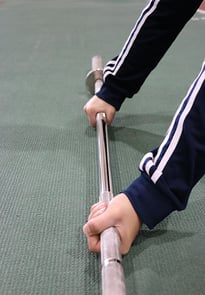
The alternated grip is a combination of the preceding two grips. In the alternated grip, one hand is pronated and one hand is supinated. It is common for grip strength to be a limiting factor in your ability to lift heavy weight, especially when performing a pronated grip. The bar tends to roll out of the hands very easily, especially during maximal-effort lifts. The alternated grip places the hands in a more favorable position to prevent the rolling or slipping of the bar from the hands. This is also a useful grip to use when you are spotting someone, especially on the bench press.
When to use an alternated grip: You can use this grip for deadlift variations as well as spotting.
- Traditional/Sumo Deadlifts
- Spotting
4. Hook Grip 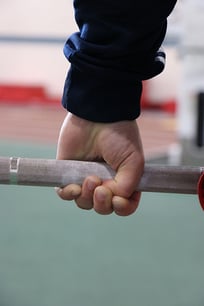
The hook grip is a nontraditional grip that can sometimes be difficult to master, but could yield great results in terms of the lifts you use it for. It is similar to a pronated grip, but the thumb is placed underneath the middle and index fingers. The benefits of this grip are similar to those of the alternated grip. It prevents the bar from rolling out of the hands because of the placement of the thumb and fingers. This makes it an ideal grip for heavy and explosive movements like the clean and snatch.
I recently finished a new certification course called the CWPC or Certified Weightlifting Performance Coach. This certification is based on two Olympic lifts, the snatch and the clean and jerk. I gained a lot of great information through that course, but one key piece of information that I took away to implement into my own training program was the use of the hook grip. I had previously used a closed-pronated grip for both the clean and snatch, but have switched to the hook grip over the past five weeks. I can definitely see improvement in my ability to grip the bar, but there was definitely a bit of a learning curve.
My main issue was the comfort of the grip itself. It was definitely not pleasant through the first couple of weeks; however, the last couple have been some of the best weeks that I have ever had in Olympic lifting. I feel like I have more control of the bar in my hands, and now I do not have to worry about the bar flying out my hands when the weight becomes challenging. If you can get past the discomfort through your first few training sessions, it will be well worth the switch.
When to use a hook grip: You can use this grip for just about any exercise, similar to the pronated grip.
- Clean and Jerk
- Snatch
- Pullups
- Deadlift
***
When choosing a grip, go with what makes sense to you. For many exercises, you have a variety to choose from. This just adds more options to your training regimen. By simply switching the grip, you are essentially switching up the exercise as well. Play around with them and see which one feels best!
For more on how to improve your grip strength, see this post.
Source: Baechle, T. R., Earle, R.W. (2008) Essentials of strength training and conditioning (pp. 326-327). Chicago, Illinois. National Strength and Conditioning Association.

This blog was written by Alex Soller, Health Fitness Instructor. Click here for more information about the NIFS bloggers.


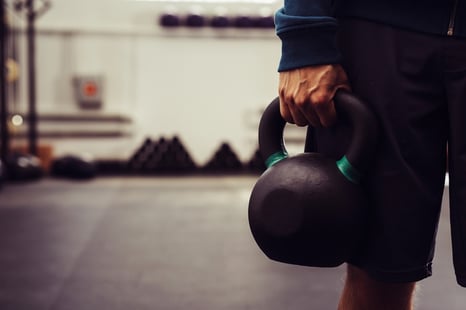 How long have you been stuck on your max for bench press or unable to become efficient at
How long have you been stuck on your max for bench press or unable to become efficient at 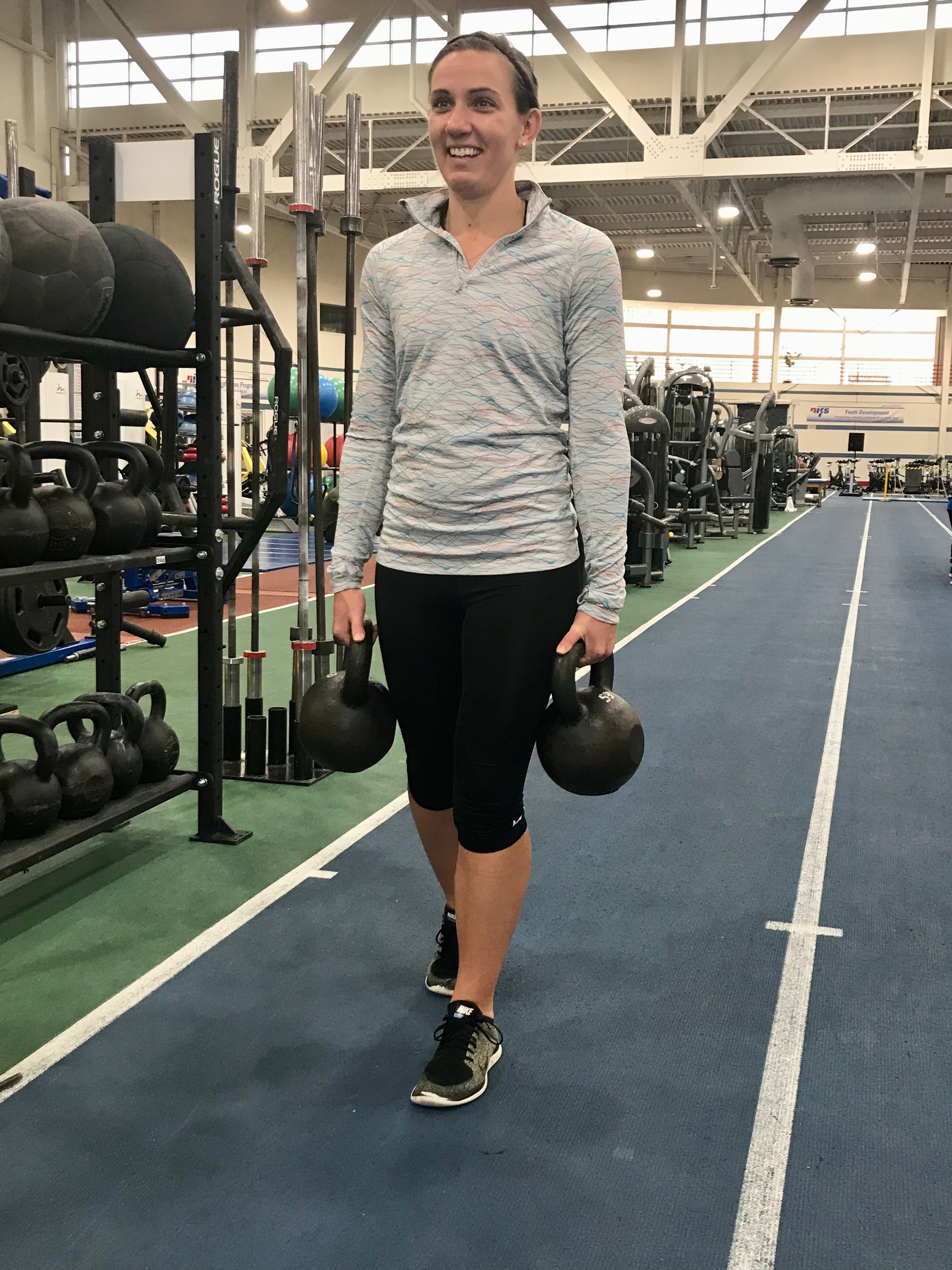 We have all seen people in the gym just walking around carrying weights such as kettlebells, dumbbells, and maybe even sandbags. It may look easy since they are just walking, but carries are a complex exercise that, when you give it a try, you will realize are actually pretty challenging. Don’t knock them until you’ve tried them!
We have all seen people in the gym just walking around carrying weights such as kettlebells, dumbbells, and maybe even sandbags. It may look easy since they are just walking, but carries are a complex exercise that, when you give it a try, you will realize are actually pretty challenging. Don’t knock them until you’ve tried them! One of the most important (and sometimes overlooked) pieces of the resistance training puzzle could be right in the palm of your hands. Have you ever thought about the way you hold onto an Olympic or powerlifting bar? For some, the answer may be no. You may be worried more about other techniques, such as posture or breathing. For others, the answer may be yes. The effort you put into how you grip the bar may be your key to success in lifts such as the snatch, deadlift, and clean, among many other resistance exercises.
One of the most important (and sometimes overlooked) pieces of the resistance training puzzle could be right in the palm of your hands. Have you ever thought about the way you hold onto an Olympic or powerlifting bar? For some, the answer may be no. You may be worried more about other techniques, such as posture or breathing. For others, the answer may be yes. The effort you put into how you grip the bar may be your key to success in lifts such as the snatch, deadlift, and clean, among many other resistance exercises. 



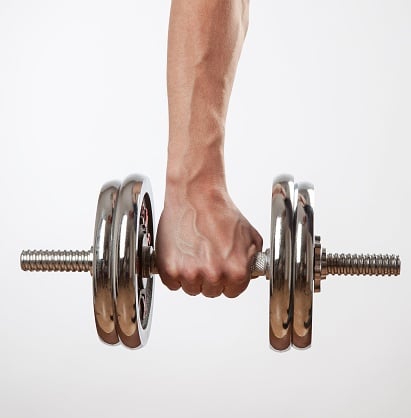 Grip strength is quite a conundrum in the fitness industry. It is so often called upon during training, yet grip-strength training itself can be overlooked.
Grip strength is quite a conundrum in the fitness industry. It is so often called upon during training, yet grip-strength training itself can be overlooked.